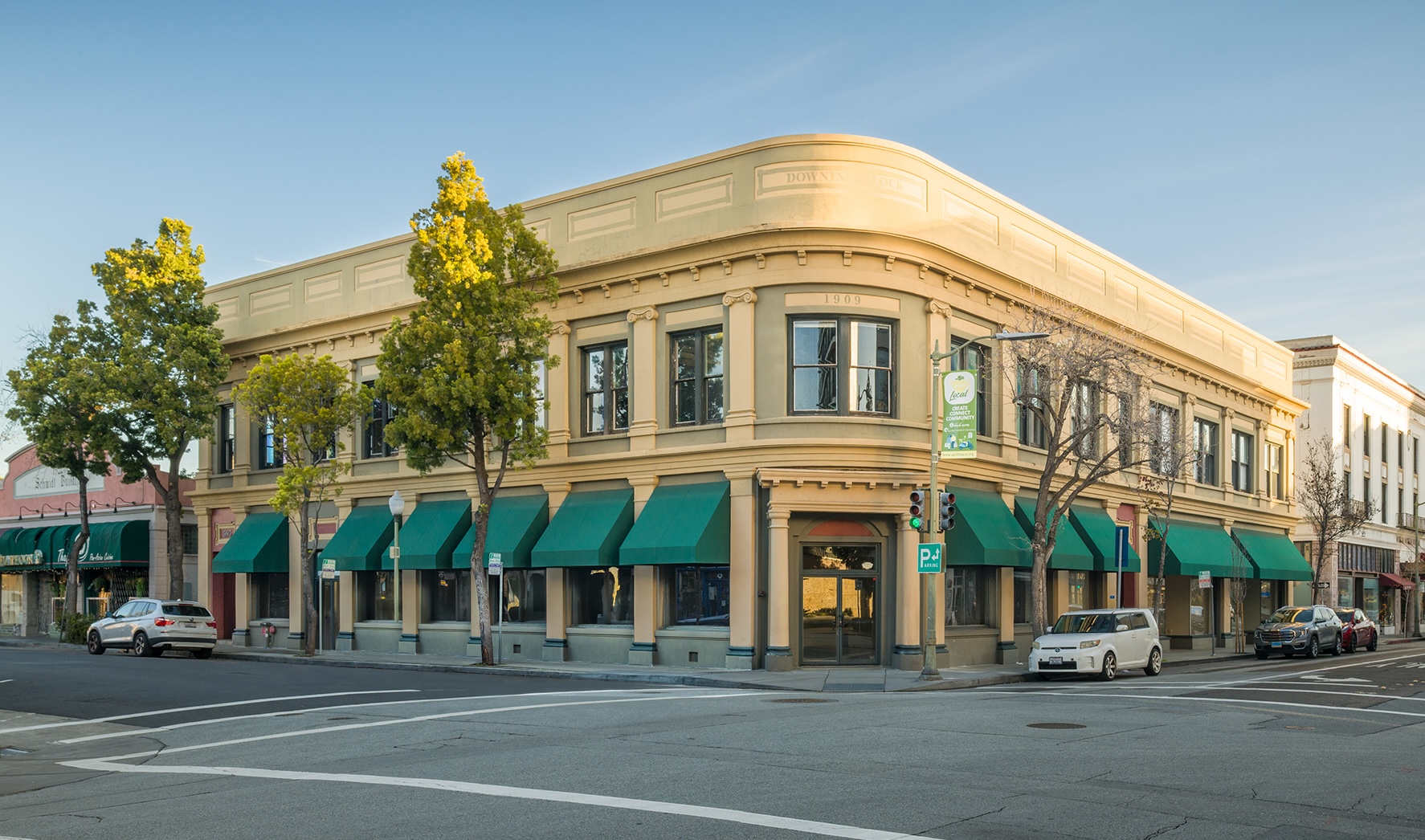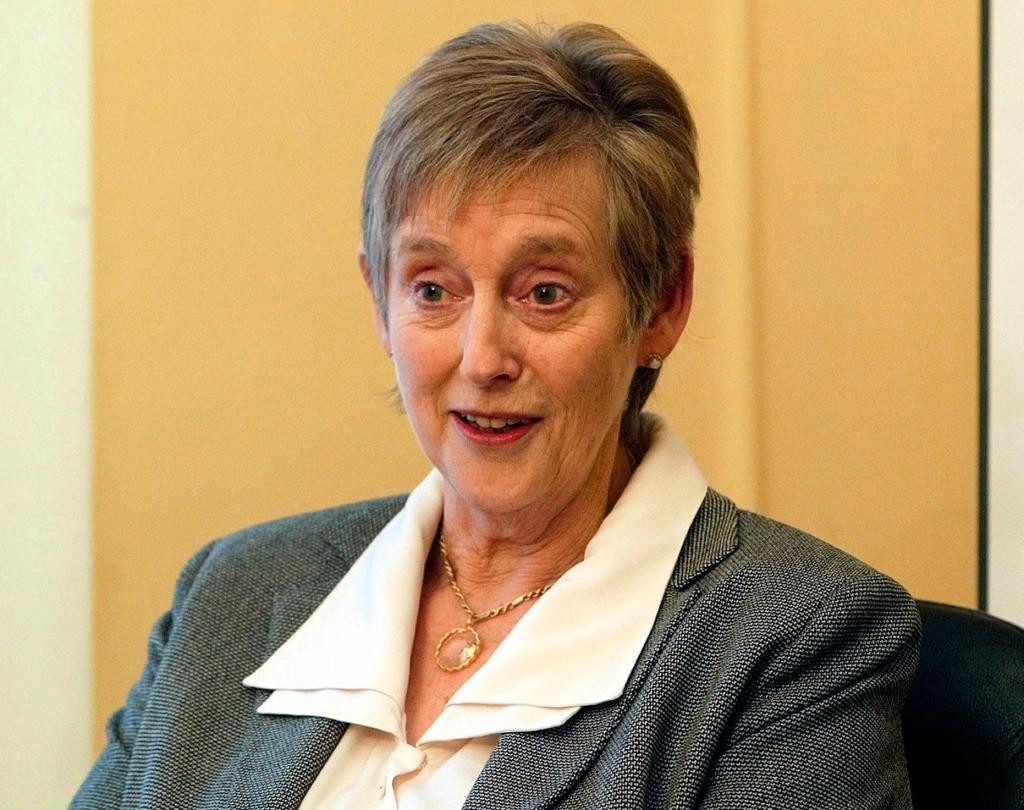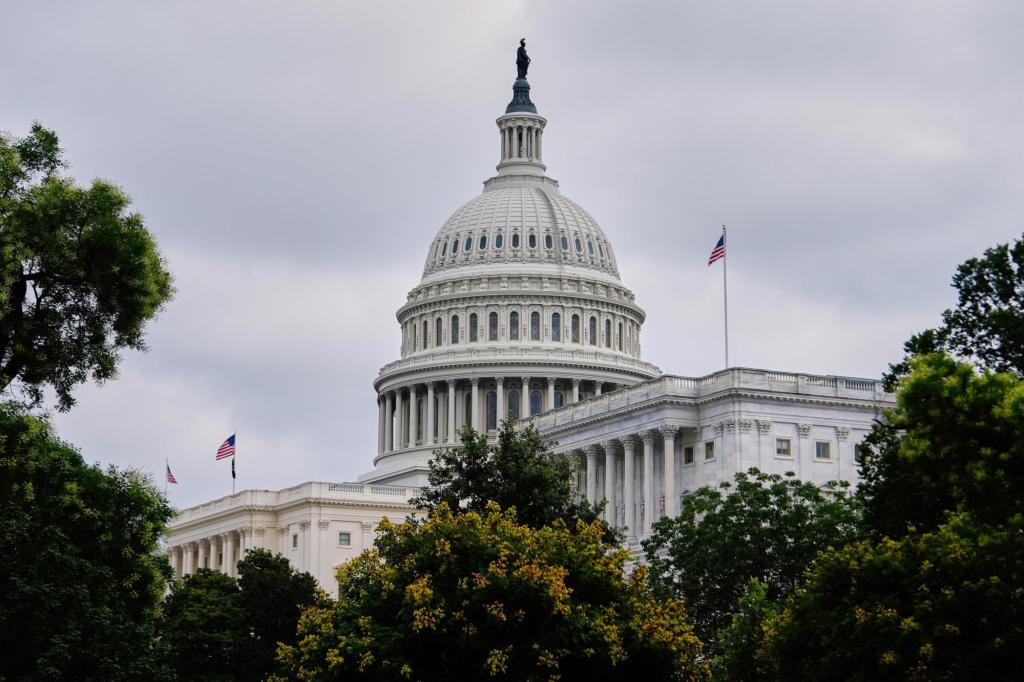
While the broader art world is grappling with market contraction—and some legendary dealers are raising the white flag—the mega-galleries continue expanding their footprints in strategically wealthy collector hubs or well-capitalized regions currently in full boom and bloom. Just yesterday, Hauser & Wirth quietly announced the opening of a new location in Palo Alto, California, set for spring 2026. The gallery will be the sixth U.S. outpost for Hauser & Wirth, adding to its five domestic spaces and expanding its cross-continental network to 19 locations worldwide, planting a flag squarely in the heart of Silicon Valley’s rising class.
The Swiss powerhouse already operates two locations in California, both in Los Angeles. The first is its expansive downtown space, which opened in 2016 in a 100,000-square-foot former flour mill complex dating back to the early 20th Century. The site was converted by Creative Space in collaboration with Selldorf Architects. In line with Hauser & Wirth’s now-signature art-meets-hospitality model, the complex is more than a traditional gallery, with public gardens and gathering areas in the central courtyard, a bookstore and education loft for talks and community programs and the beloved restaurant Manuela—a farm-to-table eatery integrated into the architecture, complete with its own herb garden and chicken coop.
Hauser & Wirth opened its second L.A. gallery in 2023 in the heart of West Hollywood, housed in a beautifully restored Spanish Colonial Revival building from Hollywood’s Golden Age. Once a vintage automobile showroom, the 6,000-square-foot exhibition space was redesigned by Annabelle Selldorf, whose firm has long been associated with Hauser & Wirth’s museum-quality renovations worldwide, including, most recently, the Frick Collection in New York.
The new Palo Alto gallery will also occupy a historic building—the former post office at 201–225 Hamilton Avenue in downtown Palo Alto—characterized by elegant early 1900s Bay Area architecture. Once renovated, the corner structure will offer 2,600 square feet of exhibition space with a façade of large street-level windows and will incorporate a bookshop. The exhibition program will be complemented by talks and events. But this time, the design is being led by architect Luis Laplace and his award-winning firm, which is known for creating refined cultural spaces—including Hauser & Wirth’s Paris gallery in a 19th-century hôtel particulier on the Right Bank. For now, there are no announced plans to integrate the gallery’s hospitality business—restaurants, bars or cafés—as has become common at many of its other locations.
While gallery president Marc Payot was not available for interviews—reportedly because details like the opening date and programming are still being finalized—he emphasized in a statement the central role California has played in the development of modern and contemporary art, and in Hauser & Wirth’s vision since its founding more than three decades ago. “California’s artists, institutions, patrons, collectors, and geography have profoundly shaped the evolution of the art world,” he said. While the gallery already has locations in Los Angeles, Payot noted that Northern California holds equal importance, serving as home to “a fantastically dedicated community of collectors and the museums they have built… Perched in its prime spot on the edge of the Pacific Rim and populated by generations of astute and ambitious patrons of the arts, the Bay Area is a place where we are proud to be creating a new space—an energy center for our artists and the community.”
Other mega-galleries have opened—and later closed—spaces in the Bay Area in calculated moves to get closer to Silicon Valley’s tech wealth and emerging art collectors. Pace opened a 5,000-square-foot outpost in Palo Alto in 2016, quietly closing in 2020 amid the pandemic. That same year, Gagosian debuted a space in San Francisco—modest by the gallery’s standards at just 1,300 square feet—but still hosted exhibitions by top artists including Richard Serra and Urs Fischer. Gagosian shuttered the location in 2021. At the time, both galleries encountered a market often described as “collector-rich but logistically fragmented,” with limited walk-in traffic and fewer institutional partnerships than in New York or Los Angeles.
Yet, if we look at the Bay Area’s collections, several of ARTnews’ Top 200 collectors have homes in the region, including Oracle founder Larry Ellison, billionaire philanthropist, investor, and Emerson Collective founder Laurene Powell Jobs, former Gap Inc. chairman Robert Fisher, tech power couple Komal Shah and Gaurav Garg, and billionaire venture capitalist Marc Andreessen and philanthropist Laura Arrillaga-Andreessen, among others.
The late Richard Kramlich, who passed away in February 2024, was also a major figure in the region’s collecting scene. Along with his wife Pamela Kramlich, he was a pioneering patron of video and media art. Many of their works were installed in their San Francisco home, designed by Herzog & de Meuron to accommodate the technical demands of time-based media. The couple also co-founded the New Art Trust, an initiative developed in collaboration with the Museum of Modern Art and SFMOMA to help institutions acquire, preserve, and present video art.
Deborah and Andy Rappaport have likewise played a significant role in the Bay Area’s cultural infrastructure. As founders of the Minnesota Street Project in San Francisco, they have blended real estate strategy with philanthropic support to offer economically sustainable spaces for galleries, nonprofits and artists in the city’s Dogpatch neighborhood.
Also based in the Bay Area is art collector Trevor Traina, a tech entrepreneur and former U.S. ambassador to Austria, who in October 2024 sold part of his postwar and contemporary photography collection at Christie’s in a single-owner auction that totaled $3.25 million. Mark Pincus, the founder of Zynga, is another local collector. In February 2020, he donated $3 million to James Turrell’s Roden Crater project, bringing the large-scale Land Art installation closer to completion—even as initial hopes for a 2024 public opening have since faded. Other notable Bay Area collectors include SFMOMA patrons Jason Moment and Jennifer Biederbeck, as well as Sandy and Jeanne Robertson, all of whom remain active supporters of San Francisco’s contemporary art community.
According to the Henley & Partners / New World Wealth 2025 City Wealth Report, the San Francisco Bay Area is home to approximately 342,400 millionaires—making it the second-largest concentration globally, just behind New York City. Notably, that figure represents a remarkable 98 percent increase over the past decade (2013 to 2023).
As of December 2023, previous estimates placed the Bay Area’s millionaire population at around 305,700, probing just how rapidly wealth has grown in a short span. Notably, while the Bay Area ranks second to New York in millionaires and centi-millionaires (with 756 individuals worth over $100 million), it has already overtaken New York in the number of billionaires, with approximately 82—surpassing New York City’s count of 66 as of the same 2025 report and making it the top region globally for billionaires.
The Bay Area’s wealth boom has been driven primarily by the tech sector, with companies like Apple, Google (Alphabet), Meta, Nvidia, HP and numerous venture capital firms generating enormous personal fortunes. With the tech economy projected to keep expanding globally, Henley & Partners expects the Bay Area to eventually surpass New York in overall millionaire count and broad wealth distribution.
Even in Palo Alto, the median household income stands at $220,408, though that figure hardly captures the region’s extreme concentration of ultra-wealthy individuals. According to IRS data, the 94301 ZIP code—covering Palo Alto’s downtown and Crescent Park—had an average household income of $1.65 million in 2022, the fourth-highest in the country that year. Another ZIP code, 94304, had an average income of $1.61 million. Only about 12 percent of income in these areas came from wages; the rest was derived from asset sales and investments.
The San Francisco Museum of Modern Art—arguably the most acquisition-active institution in the region—has made significant purchases in recent years, especially since its 2016 expansion. The museum has focused on acquiring works by living artists, particularly those from the West Coast, Latinx and AAPI communities. These acquisitions have often been supported by major patrons, including Doris and Donald Fisher, Pamela Joyner and Norah and Norman Stone. The Fisher Collection, comprising over 1,000 works, remains on long-term loan to the museum.
Bay Area tech corporations are also beginning to play a larger role in arts funding. Most recently, SFMOMA received a $1.5 million grant from Google.org, the philanthropic arm of Google, in support of its Ruth Asawa retrospective, which is on view in San Francisco through September 2, 2025, before traveling to the Whitney Museum in New York, where it will run from September 2025 through January 2026.
<




